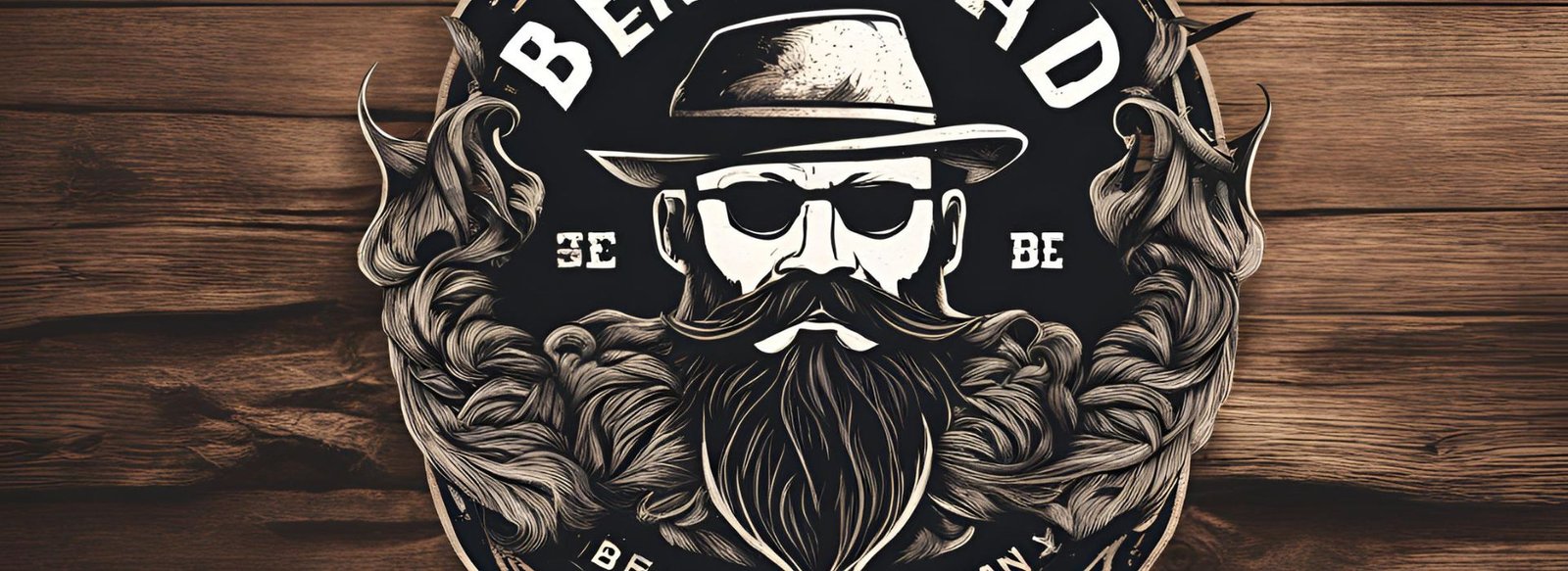For the discerning bearded gentleman, the question of brush versus comb is a weighty one. Both tools play a vital role in beard care, but each has its own strengths and weaknesses. Let’s delve into the beardy brawl to determine which champion reigns supreme.
The Beard Brush: A Brawny Contender
- Exfoliation Powerhouse: Beard brushes excel at removing dead skin cells and stimulating blood flow, promoting healthy beard growth.
- Taming the Tangle: For thick, coarse beards, brushes can effectively detangle and distribute natural oils throughout the beard.
- Shaping Specialist: Brushes can help shape and define your beard, particularly useful for longer styles.
- Not for the Faint of Face: Brushes can be quite stimulating, especially on sensitive skin.
- May Cause Breakage: If used too harshly, brushes can cause beard hairs to break.
The Beard Comb
Gentle Detangler: Combs are gentler on the skin and beard, making them ideal for those with sensitive skin or finer beard hair.
Precision Styling: Combs offer more control for precise beard styling, allowing you to define lines and create specific shapes.
May Not Tame the Wildest Beasts: For very thick or tangled beards, combs may not be as effective at detangling.
Limited Distribution of Oils: Combs may not be as effective as brushes at distributing natural oils throughout the beard.
The Verdict – A Beardly Balance
The truth is, there is no single victor in the beard brush vs. comb battle. The ideal tool for you depends on your specific beard type and desired outcome.
Remember, a well-groomed beard is a happy beard. Experiment with both brushes and combs to find the perfect routine for your facial mane!
Beyond the Basics: Mastering the Brush and Comb
We’ve established that both brushes and combs have a place in your beard care arsenal. Now, let’s delve deeper into how to use each tool effectively:
Beard Brush Techniques:
- Start Dry: Always use a brush on a completely dry beard to avoid damaging the hair.
- Brush with Care: Begin at the base of your beard and brush outwards in gentle strokes. Focus on brushing against the grain to stimulate the skin and distribute oils.
- The Beard Oil Bonus: Apply a few drops of beard oil before brushing to further soften the hair and enhance the distribution process.
- Brush Buddies: Boar bristle brushes are a popular choice for beards due to their natural ability to mimic human hair. However, other brush types like soft nylon can also be effective.
Beard Comb Techniques:
- Detangling Duo: For severely tangled beards, start with a wide-tooth comb to gently work through the knots. Follow up with a finer-tooth comb for a smoother finish.
- Shower Combing: Combing your beard in the shower while the conditioner is still on can significantly improve detangling.
- Styling Savvy: Use your comb to define sharp lines at the cheeks or neckline. You can also use it to create a specific beard style, like a handlebar mustache or a pointed goatee.
- Material Matters: Wooden combs are gentle on your beard and offer a classic look. However, some may find them less effective at detangling. Plastic combs can be a good alternative, especially for those with finer teeth.
Maintaining Your Tools:
- Brush Cleanliness: Regularly clean your beard brush with warm water and soap to remove dirt and hair build-up. Let it dry completely before using it again.
- Comb Care: Wooden combs can benefit from an occasional application of beard oil to prevent them from drying out and cracking. Plastic combs can be cleaned with warm water and soap.
By mastering the techniques for both brushes and combs, you’ll be well on your way to achieving a healthy, well-groomed beard that’s the envy of all.
Remember, the key is to find the routine that works best for your unique beard and embrace the power of both these essential tools!



